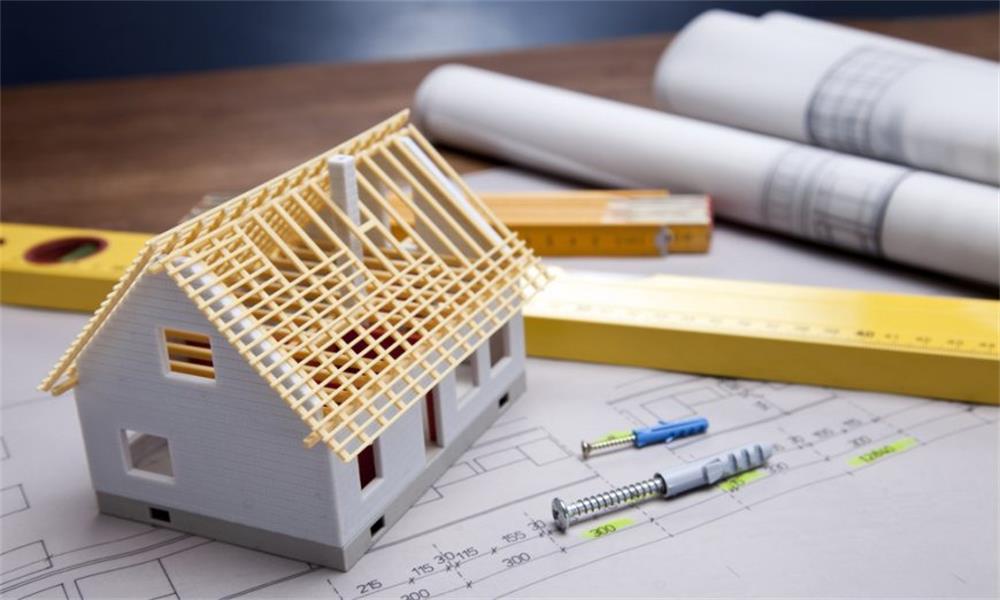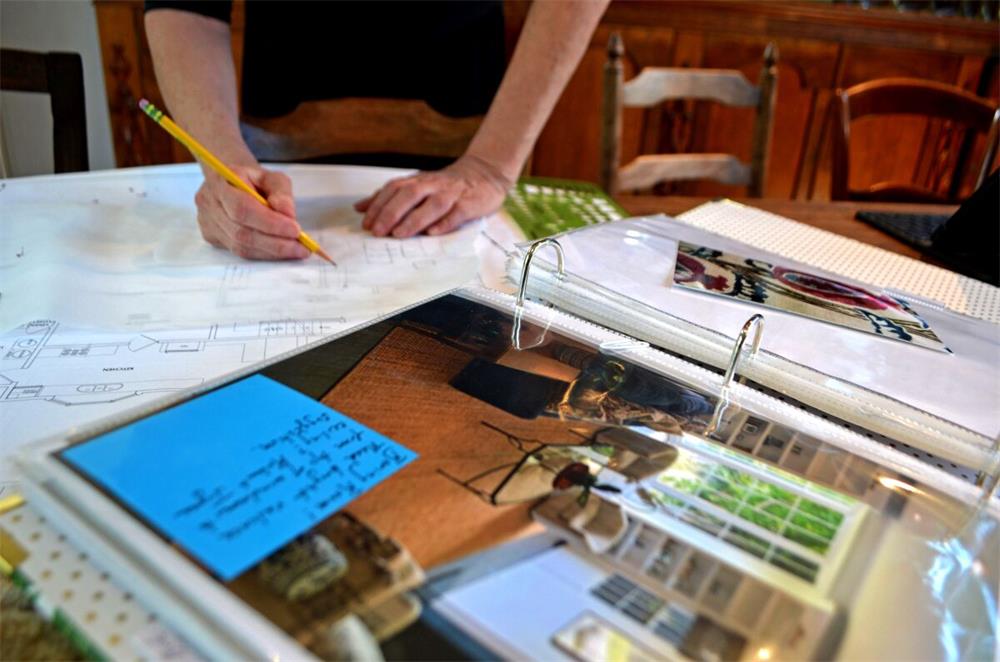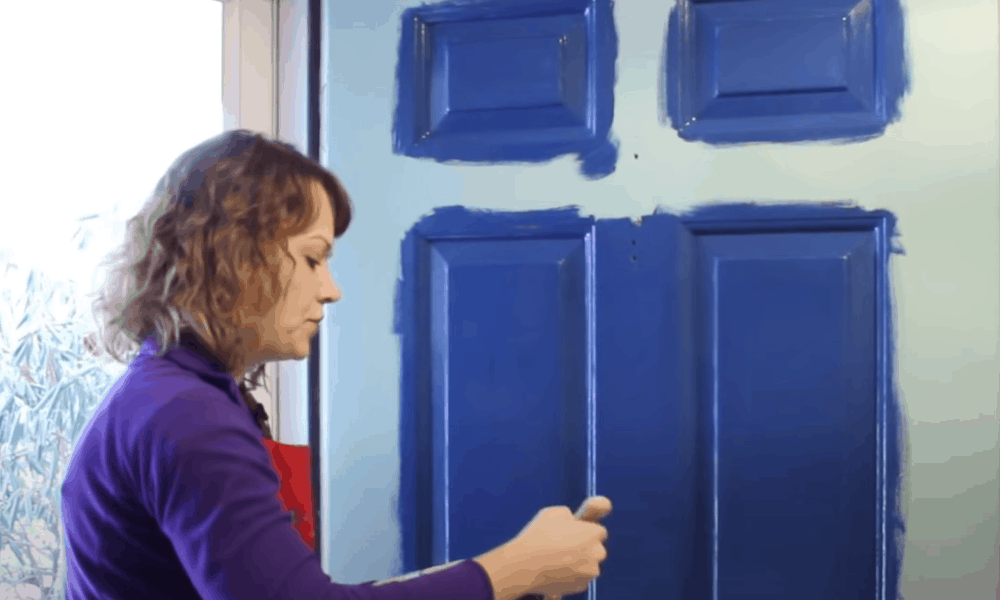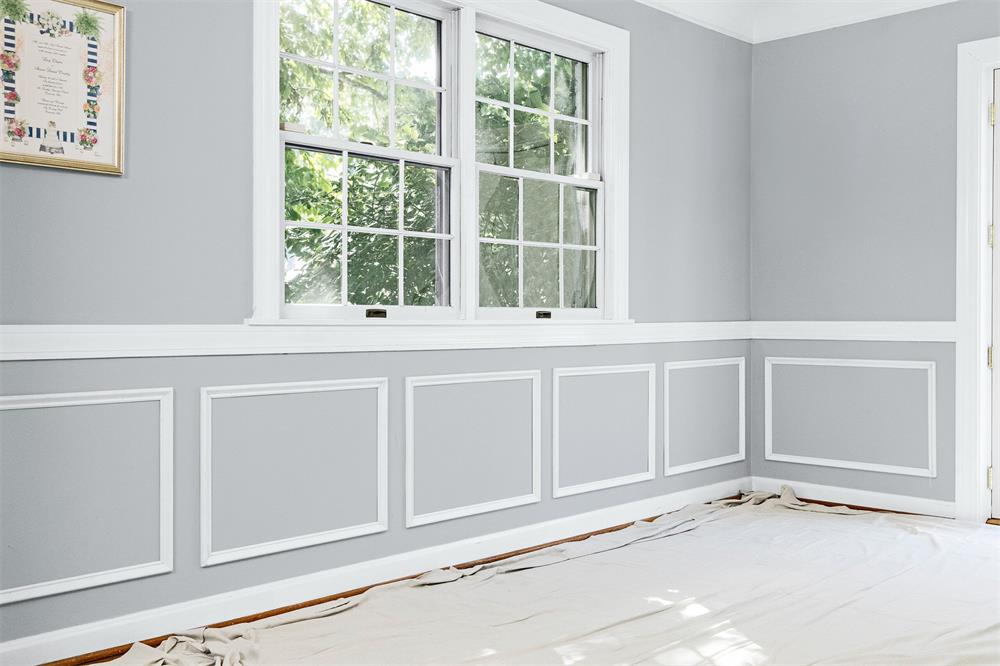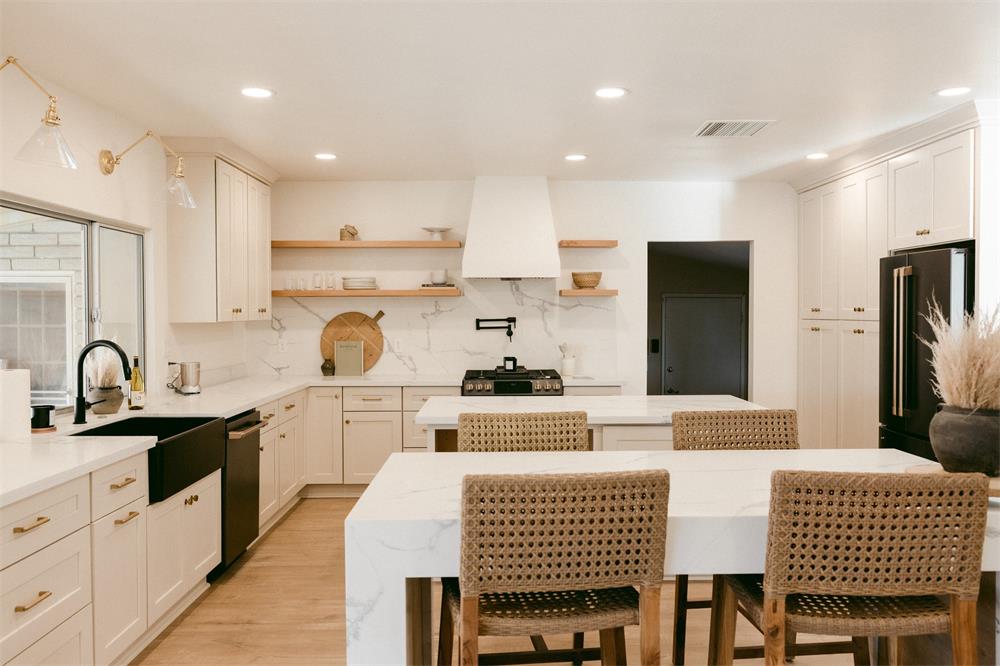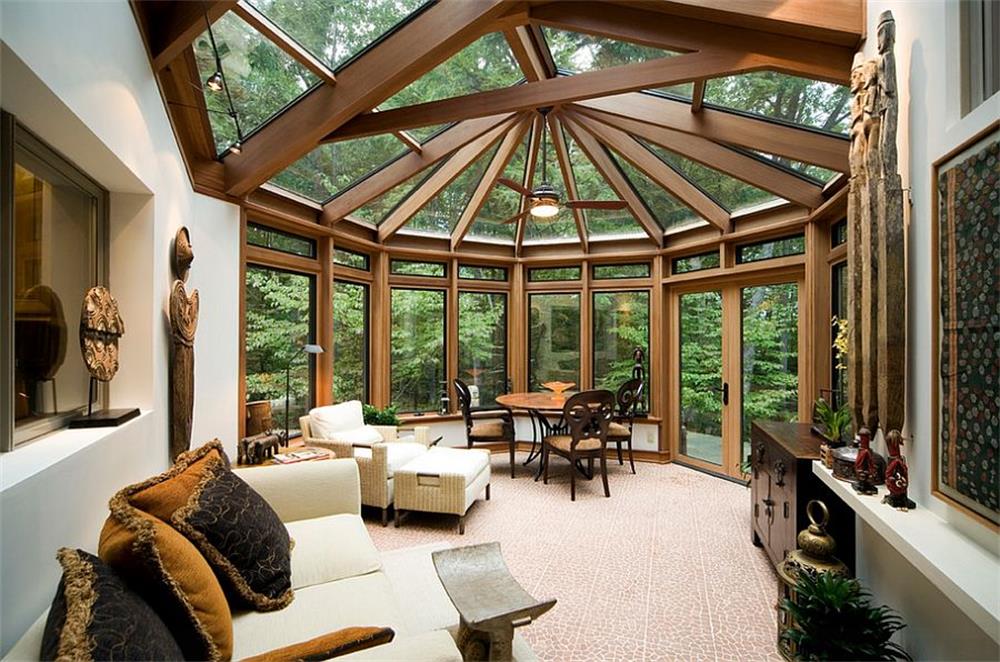Home maintenance is not something you do only when things go wrong. If you neglect your home for too long, you may end up with costly repairs, safety hazards, and lower property value. To avoid these problems, you should follow a regular home maintenance schedule throughout the year.
Here are some tips for each season to help you keep your home in top condition:
Winter
Winter is the time to focus on preventing and repairing any damage caused by cold temperatures and harsh weather. You may not be able to do extensive outdoor projects in winter, but you can still do some essential tasks:
- Check your gutters and lower roof for ice dams and remove them carefully. Ice dams can cause water damage and roof leaks. Use a ladder that is securely placed and avoid walking on the roof when it is icy.
- Check the covers on your outdoor faucets and make sure they are not frozen. Frozen pipes can burst and cause flooding. If you notice any signs of freezing, turn off the water supply and call a plumber.
- Check your yard for any water pooling near your foundation. Water can seep into your basement and cause mold and structural damage. If you see any water accumulation, grade the soil away from your house or install a drainage system.
- Clean your basement, garage, and other indoor spaces that tend to get cluttered during warmer months. This will help you organize your belongings, prevent pests, and free up space.
- Keep an eye on your electrical service drop and the line that connects your house to the power pole (if you have above-ground electric service). If any large branches have fallen on or are hanging on the line, call the electric company for removal. Do not try to remove them yourself as this can be very dangerous.
Spring
Spring is the time to clean up after winter and prepare for warmer weather. You may still have some unpredictable weather in spring, so don’t start any long-term outdoor projects like painting or replacing windows yet.
- Inspect your roof for any missing or damaged shingles, flashing, or vents. Repair or replace them as needed. A leaky roof can lead to water damage, mold, and rot.
- Clean your gutters and downspouts of any debris that accumulated over winter. Clogged gutters can cause water to overflow and damage your siding, foundation, and landscaping.
- Wash your windows inside and out with glass cleaner and a microfiber cloth. Dirty windows can reduce natural light and make your home look dull.
- Clean your screens with mild soap and water and a soft brush. Replace any torn or damaged screens. Screens can keep out insects, dust, and pollen from entering your home.
- Service your air conditioner before the summer heat arrives. Change the filter, clean the coils, and check the refrigerant level. A well-maintained air conditioner can run more efficiently and save you money on energy bills.
- Test your smoke detectors and carbon monoxide detectors and replace the batteries if needed. These devices can save your life in case of a fire or gas leak.
- Check your faucets, toilets, sinks, showers, and tubs for any leaks or drips. Fix them as soon as possible to prevent water waste and damage. A leaky faucet can waste up to 3,000 gallons of water per year.
- Clean your dryer vent of any lint buildup that can cause a fire hazard. You can use a vacuum cleaner or a vent brush to remove the lint from the vent hose and the outside vent cover.
Summer
Summer is the best time to tackle major outdoor projects that require good weather conditions. You can also enjoy some fun activities in your backyard or patio.
- Paint your exterior walls, trim, doors, or shutters if they are peeling, cracking, or fading. Painting can improve your home’s curb appeal and protect it from weather damage. Choose a high-quality paint that is suitable for your climate and surface material.
- Replace your doors or windows if they are old, drafty, or broken. New doors or windows can improve your home’s energy efficiency, security, and appearance. Look for energy star rated products that have low-e glass and good insulation.
- Build a drainage system if you have a wet basement or a soggy yard. A drainage system can divert excess water away from your foundation and prevent flooding, erosion, and mold growth. You can install french drains, dry wells, sump pumps, or rain barrels depending on your needs.
- Clean your deck or patio with a pressure washer or a deck cleaner and a stiff brush. Remove any dirt, stains, mildew, or algae that can make your outdoor space look unsightly and slippery. Rinse well and let it dry completely.
- Seal or stain your deck or patio if it is made of wood or concrete. Sealing or staining can protect your deck or patio from moisture, UV rays, and wear and tear. Follow the manufacturer’s instructions and apply the product evenly with a roller or a sprayer.
- Trim your trees and shrubs to keep them healthy and attractive. Remove any dead, diseased, or damaged branches that can pose a risk to your home or power lines. Prune any overgrown branches that block your windows, doors, or walkways. You can hire a professional arborist if you have large or hazardous trees.
- Mow your lawn regularly to keep it green and lush. Adjust your mower height according to the season and the type of grass you have. Generally, you should cut no more than one-third of the grass blade at a time. Leave the clippings on the lawn to act as a natural fertilizer.
- Water your lawn and plants as needed to prevent them from wilting or dying. Water deeply and infrequently to encourage strong root growth and drought tolerance. Water early in the morning or late in the evening to avoid evaporation and scorching. Use a sprinkler system or a drip irrigation system for convenience and efficiency.
- Mulch your flower beds and garden areas to conserve moisture, suppress weeds, and enrich the soil. Use organic mulch such as wood chips, bark, straw, or compost that will decompose over time and add nutrients to the soil. Apply a 2 to 4 inch layer of mulch around your plants, leaving some space around the stems or trunks to prevent rotting.
Fall
Fall is the time to prepare for winter and do some final outdoor chores before the cold sets in. You can also enjoy some seasonal decorations and festivities.
- Clean your gutters and downspouts again after the leaves have fallen. Clogged gutters can cause ice dams, roof leaks, and siding damage in winter. Use a ladder, gloves, a trowel, and a hose to remove any debris from your gutters and flush them with water.
- Install storm doors and windows if you have them. Storm doors and windows can provide an extra layer of insulation and protection from cold drafts, snow, and ice. They can also reduce your heating costs by up to 45 percent.
- Rake your leaves and dispose of them properly. Leaving leaves on your lawn can smother your grass, invite pests, and create slippery conditions. You can compost your leaves, shred them with a mower, or bag them for curbside pickup.
- Winterize your outdoor faucets and hoses. Turn off the water supply to your outdoor faucets and drain them completely. Disconnect your hoses and store them in a dry place. Cover your faucets with insulated covers or foam caps to prevent freezing.
- Service your furnace before you turn it on for the first time. Change the filter, check the pilot light, inspect the ducts, and test the thermostat. A well-maintained furnace can run more safely and efficiently and save you money on heating bills.
- Clean your fireplace and chimney if you have one. Remove any ashes, soot, creosote, or debris from your fireplace and chimney. Check for any cracks, leaks, or blockages that can cause a fire hazard or carbon monoxide poisoning. Hire a professional chimney sweep if you need a thorough cleaning.
- Test your smoke detectors and carbon monoxide detectors again and replace the batteries if needed. These devices can save your life in case of a fire or gas leak.
- Decorate your home for fall with pumpkins, cornstalks, wreaths, candles, or other seasonal items. You can also carve jack-o-lanterns for Halloween or make a scarecrow for Thanksgiving.
By following this home maintenance checklist for each season, you can keep your home in good shape all year round. You can also customize this checklist according to your specific needs and preferences. Remember that regular home maintenance can prevent costly repairs, improve safety, and increase your home’s value and appeal. Happy home maintenance!


